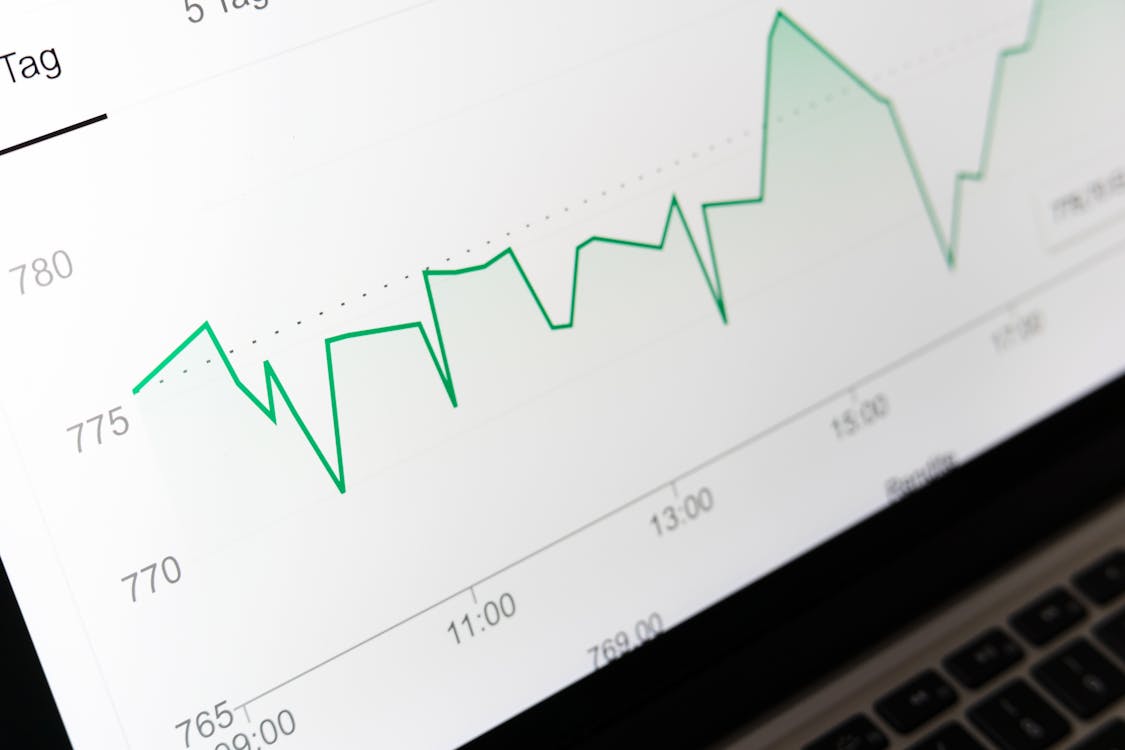A Turbulent Monday For Markets

Image Source: Pexels
MARKETS
In what can only be described as a turbulent Monday for markets, investors grappled with the "toxic trio"—rising inflation jitters, shifting interest rate expectations, and persistent volatility out of the Middle East. Throw in a healthy dose of skepticism surrounding Friday’s so-called blockbuster jobs report, and you’ve got a recipe for risk-off sentiment.
With just 30 minutes before the closing bell, the S&P 500 is down nearly 1%, weighed down by Brent crude spiking close to 4%, rekindling those inflation fears investors were hoping had been laid to rest. Just when they thought the inflation genie was back in the bottle, another surge in oil prices brought inflation expectations roaring back to life. Rates markets have quickly adjusted, fueled by positive U.S. economic surprises and the fresh oil rally. And let's be honest—the market’s inflation obsession is about to retake center stage, with this month’s CPI print right around the corner. A hotter-than-expected number would mark the second consecutive inflation "overshoot," flipping the odds of a November Fed cut to a 60/40 probability. And we all know stocks don’t perform well when rate-cut hopes start to fade.
While the September CPI and PPI reports are still expected to be somewhat tame on a month-to-month basis, there are concerns about a year-over-year heatwave in PPI due to unfavourable base effects. Core and headline PPI could worsen, and with conflicting signals coming from prices paid by service businesses and manufacturers, the Fed and markets are left guessing. As traders gear up for these key inflation prints, expect volatility to remain elevated, especially as inflation-sensitive sectors buckle under rising energy costs. This is far from a one-way street, and the market will closely monitor how the Middle East saga unfolds.
OIL MARKETS
In the oil markets, it’s been one heck of a flip in the script. Two weeks ago, traders were positioning $60 per barrel, bracing for a potential 2025 supply glut. Now, the narrative has completely shifted, with real concerns that the escalating conflict could imperil Iran’s 3.4 million barrels per day of production and threaten significant disruptions along the world’s key oil supply artery—the Strait of Hormuz. What was once a market fixated on oversupply risks is now grappling with the potential for a supply squeeze that could skyrocket prices. The stakes are high, and the geopolitical tension has traders on edge, bracing for more volatility in the coming weeks.
FOREX MARKETS
Surprisingly, the currency markets—especially the big two, JPY and EUR—have remained relatively calm. Perhaps the real puzzle is playing out here after the US dollar's hawkish repricing. Last week’s nonfarm payroll (NFP) report didn’t align with other key data points. The ISM, NFIB, and even the Fed’s own Beige Book aren’t signalling that hiring is anywhere near the levels reported. The sharp drop in the quits rate, typically a leading indicator for wage growth, suggests a slowdown, not an acceleration. Surveys also show households reporting a rapidly weakening jobs market, so there's likely a good deal of skepticism about these numbers.
That said, the spike in oil prices is bound to worsen Japan's terms of trade, yet traders might be reading an offset in Japan’s new Prime Minister’s planned economic measures to revive growth and tackle deflation. For now, it's a tricky balancing act, and one thing’s for sure: navigating the FX markets requires a careful footing with signals spinning at high speed.
My view is quite simple: as long as energy prices stay elevated, the greenback will continue to benefit from risk-off flows, leaving traders hesitant to take on bold reversion positions in the big 3 major currencies. The tug-of-war between rising oil prices and economic uncertainty will keep the FX landscape in flux, making any aggressive dollar sell-off bets tricky to time.
CHINA MARKETS DAY OF RECKONING
Wall Street’s China analyst desks are scrambling to update their calls as hedge funds eagerly reboard the Dragon Boat. Meanwhile, China’s army of retail investors is watching curiously, waiting to see how serious policymakers are about keeping the stock market rally alive. All eyes are on China’s National Development and Reform Commission (NDRC), which is set to hold a press conference on Tuesday when mainland markets reopen.
Analysts expect the NDRC to roll out measures worth between CNY 2 trillion and CNY 3 trillion, though only a portion of that will likely be aimed directly at boosting domestic consumption. In a situation where “more is better,” there's a real risk of disappointment, especially with global markets stuck in a decisively risk-off mood. China’s reopening doesn’t come with a friendly tailwind, and concerns among big investors about China's boom-to-bust cycle remain front and center.
Add to that a resurgence in polls for former President Trump, and international investors could be hesitant to jump on the rally unless Beijing unleashes a true bazooka, with a significant portion of stimulus aimed squarely at domestic consumption. Without a massive and direct boost to spending, the optimism could fade fast, leaving investors wary of chasing this rally higher.
More By This Author:
Asia Open: Markets Kick Off On A High Note
The Reflation Trade Arrives
NFP Day: Oil's Dark Shadow Looms And Payrolls Always Throw Curveballs



